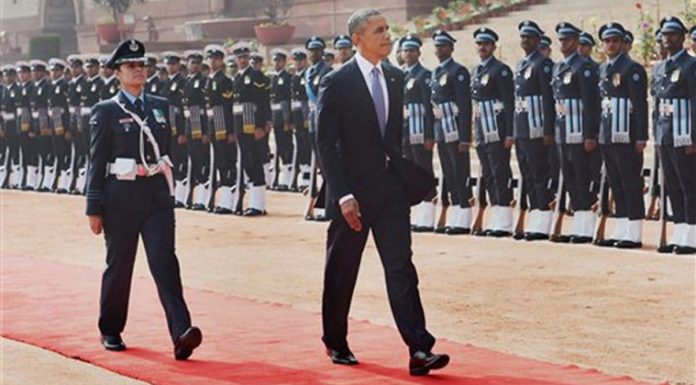The education system in India has not undergone a proper revival or update in a very long time. Yes, we had the CCE system come in for a few years, but that has not worked up any magic. This is probably why it is being considered that the CCE system be withdrawn altogether. It is a common complaint of most students and parents that the assessment techniques and standards in the Indian education system are not reliable enough to assess the true merit of students. The annual three hour long drudgery of the same five subjects year after year after year no longer appeals to the masses. Moreover, the evaluation thus conducted, is purely one- dimensional. It focuses on rote- learning and memory, rather than merit. It excludes majority of students who are talented, but are not able to prove their worth in the conventional ways of assessment. Since evaluation is directed simply towards memorizing theory, most students often forget what they had learnt within a month of the exams. How many of us for instance, can remember all integration formulae or name all elements of the periodic table? This implies that the 90% or 55% on our report cards may not be a thorough reflection of our merit. The examination system in India needs rebuilding of principles and a thorough implementation of the same. Based on this intent, here are 5 ways to assess true merit of students in India:
OPEN BOOK EXAMS
In open book examinations, a student is allowed to bring all subject- related books and reference material. The test paper is based on a vast syllabus which the student must attempt in a limited amount of time. It can include indirect questions, which make the student reflect on theoretical knowledge, but use it only as a base to his/her arguments in the answers. This inculcates research- based skills, and removes from the concept of rote- learning. In this way, the student will be persuaded to explore the subject matter in its entirety and seek greater knowledge of the same. It also measures retrieval skills. The student’s merit will be assessed correctly as the focus here is not just memorized content, but the application of the same, supported by facts and statistics from research material.

SEMESTER SYSTEM
The regular school year could be divided into two or three semesters, with equal weightage to each in context of marks or grades. The entire syllabus could be equally divided accordingly, and assessed separately. This will reduce the pressure of ‘mugging’ up everything all at once, and give the student a chance to explore each part of the syllabus more deliberately. All three results could be averaged out at the end of the year to arrive at a more comprehensive form of evaluation. In this case, missing out on good marks in one or two exams at any point of the year due to any illness or misfortune, will not hamper the entire school year of a particular child.
PRACTICAL EXAMS
Conventionally, practicals in schools begin in class 9th. These practicals are limited to the Science subject, and the syllabus is also monotonous and repetitive. Practical sessions must be included with regards to all other subjects, and they must start in early classes. The approach then turns to a more practical, research based analysis rather than purely theoretical. In such sessions, students can be encouraged to create projects, presentations, games, and art work related to the subjects which will help them project their knowledge in diverse ways. This knowledge can be assessed in practical examinations, and the same can be marked in a standard manner in annual assessments.
VIVAS/ GROUP DISCUSSIONS
Instead of focusing simply on written tests or practical exams, viva sessions and group discussions can also be taken into consideration for assessment. The topic could be related to the subject itself. For example, in a Class 7th science group discussion, the class can be divided into five groups. Each group may be asked to come up with their points on renewable and non- renewable resources. This will help the teacher assess their knowledge of the syllabus and how they apply it to general discussion. It will also inculcate the skill set of public speaking and team work. The students may be graded on all these aspects, including a personal viva session with the subject teacher.
THEORY OF MULTIPLE INTELLIGENCES
The theory of multiple intelligences by Howard Gardner categorises intelligence into specific modes, rather than seeing intelligence as dominated by a single general ability. A student may have abilities that match one or more of these categories of intelligences- musical-rhythmic, visual-spatial, verbal-linguistic, logical-mathematical, bodily-kinesthetic, interpersonal, intrapersonal, and naturalistic. Keeping in mind these differences in intelligence, one can understand that not each child is the same. Some may be good at understanding the world around them with logic, while some may be good with communication. If we can apply this theory to the evaluation techniques and even teaching methods, the true merit of students can be assessed in a steady and transparent manner.
These ways of alternative evaluation will not only help the teacher assess students better, but also allow the students to flourish. The students will not feel restricted in their output of knowledge and will look forward to achieving personal goals, having fully explored their characteristic aptitude.


























